![]()
Photo by George Adams.
Following the rash of fatalities at Santa Anita Park earlier this year, and then the breakdown of Mongolian Groom in the Breeders’ Cup Classic, people from all over the racing world have been swift to react. Yet, there’s something about a lot of the reactions that seems, to me at any rate, a bit off-base.
In one tweet, a twitter user relayed a story of telling someone that he worked in racing, and being greeted with a cold reception. In response, he said “the public perception game has to change.” It was a popular sentiment, met with more than 100 likes.
The receptionists at my CPA looked at me like I’ve as Dr. Kevorkian when she found out I photograph horse racing. This public perception game has to change.
— Alex Evers (@A_Evers) November 6, 2019
[/et_pb_text][et_pb_text _builder_version=”3.27.4″]
In another, someone told a pro-racing politician who had recently lost an election to remain a an advocate for the industry, because “it will need your voice in the next few years.”
Remain a strong advocate for horse racing. It will need your voice in the next few years??
— RayColevas?? (@graybrigade) November 6, 2019
The crescendo of all the reactions came in the form of a recent blog post from former jockey and current racing analyst Donna Brothers. In the piece, she shredded People for the Ethical Treatment of Animals (PETA), which has been a vocal opponent of horse racing, and encouraged people to share positive stories about racing.
[/et_pb_text][et_pb_text _builder_version=”3.27.4″]“This is not the time for stoicism, but rather, for activism,” she wrote. The piece blew up racing twitter with positive reaction, with people calling it “our true voice” and “amazing.”
Must reading from Donna Brothers @DonnaBBrothers, who goes after PETA hard and backed up by great research. Donna will be on our Down the Stretch show Saturday to discuss her story.https://t.co/MMWstfCNcj
— Down the Stretch on SiriusXM (@Down_StretchSXM) November 14, 2019
But all of this got me wondering.
Are we barking up the wrong tree over and over? Is criticizing our critics a winning strategy? Are we striving to make the sport safer — or to seem to make the sport safer?
That 37 horses have broken down at Santa Anita — a track that’s had a consistently higher-than-average fatality rate in recent years, according to the Equine Injury Database — is disturbing any way you slice it.
In this light, PETA’s dubious record of euthanizing animals and wasting money on lawsuits is, to be frank, a complete strawman. Any shady activity they, or any other animal rights group, is involved with is not going to bring any horses back at Santa Anita.
Everything about protests, or attention-seeking lawmakers, or crazy people in PETA, is a distraction from what should be the industry-wide focus: to make the sport as safe as possible for its participants. If you make the reality safe, perception will follow.
Some might say that, in an era of the public becoming uneasy with animals being used as entertainment, the feelings of the masses must be taken into effect when making decisions. Of course, that’s true to a degree.
The problem is: when the industry does not have people from the outside world breathing down its neck, it tends to take its foot off the gas pedal when it comes to safety. That can cause trouble.
[/et_pb_text][et_pb_text _builder_version=”3.27.4″]Take Santa Anita and Del Mar. After a rash of fatalities at Del Mar over the dirt track in 2006 (including seventeen in a month), California mandated the installation of synthetic surfaces at all tracks in the state (excluding fairs). The move worked quite well: in 2009 and 2010, the first two years for which data is available, there were 7,835 starters over Santa Anita’s Pro-Ride track. In that span, there were only six fatalities (0.77 per 1,000 starters).
From 2009 through 2014, 13,173 horses raced over Del Mar’s Polytrack, with 20 recorded fatalities (1.52 per 1,000 starters). Nationally, during the same period, the average number of fatalites per 1,000 starts never dipped below 1.88.
Fueled by drainage problems with their track, Santa Anita switched back to dirt in 2011. Del Mar went back to dirt after the 2014 season, saw 17 racing fatalities between 2015 and 2016, and have endured a fatality rate of 2.35 per 1,000 starts on dirt since the switch (prior to 2019).
Santa Anita’s struggles, of course, have been well-documented.
When the heat was on, California racing got serious about horse safety. After the pressure subsided… well, you can see what happened.
A few weeks ago, the Maryland Racing Commission unveiled a new set of “house rules” designed to improve horse safety in the state. These included protocols for workouts, treating lame horses, medication, and horse identification.
Maryland has not exactly been in the center of the safety firestorm: since July 1, there have been two racing fatalities in the state.
Yet the Commission decided to take safety-related steps all the same. And even though their implementation will end up being somewhat delayed, it is expected that most of the measures will be enacted soon.
And no one mentioned how bad PETA is, or how well the horses are taken care of, or bothered to share stories about backstretch workers and their livelihoods.
Right now, the industry should be focused on one important question: is our sport as safe as it can be for its participants? And if it’s not, how can we get it to that point?
Attacking messengers or spouting off niceties about how much everyone cares about horses is not a substitute for a reduction in fatalities, which is what the sport really needs. People worry a lot about the perception, but worrying too much about perception is not going to be beneficial for anyone. Only actual, comprehensive, sustained reform will bring about positive change.
Maybe then, the industry won’t have to criticize PETA or others of its ilk — because the public will be able to see, through concrete progress, that we mean it when we say we love the horses.
[/et_pb_text][/et_pb_column][/et_pb_row][et_pb_row _builder_version=”3.26.3″][et_pb_column type=”4_4″ _builder_version=”3.26.3″][et_pb_text _builder_version=”4.0.6″ hover_enabled=”0″]

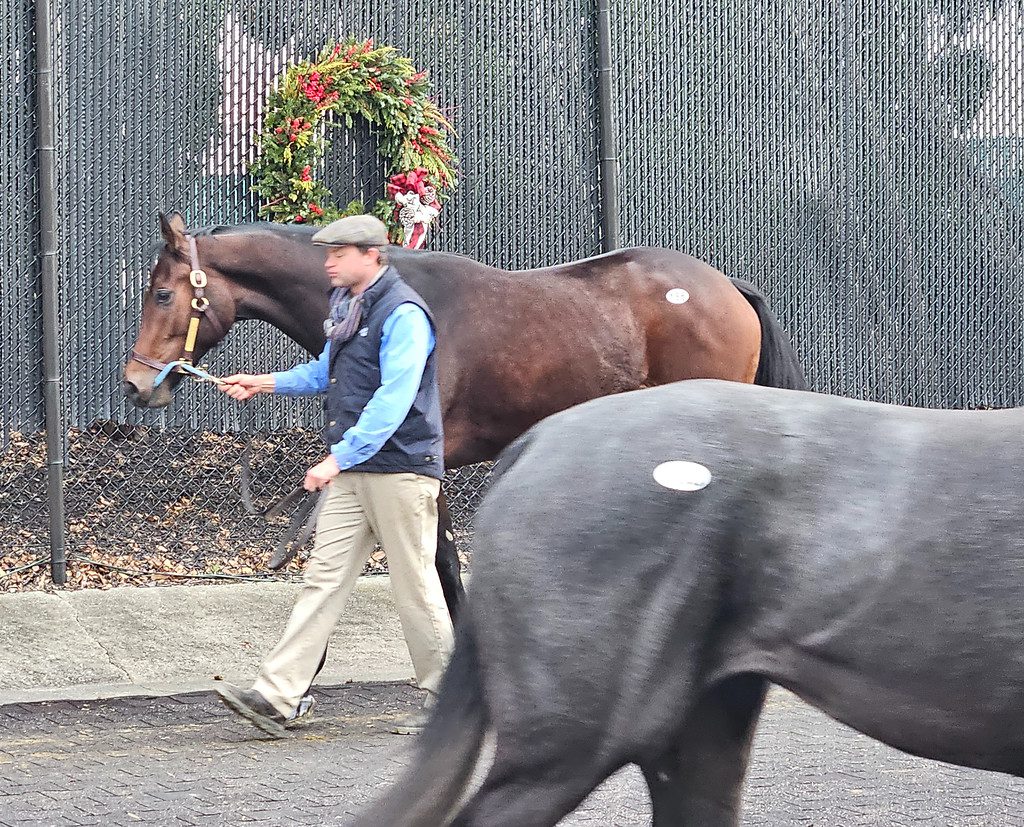
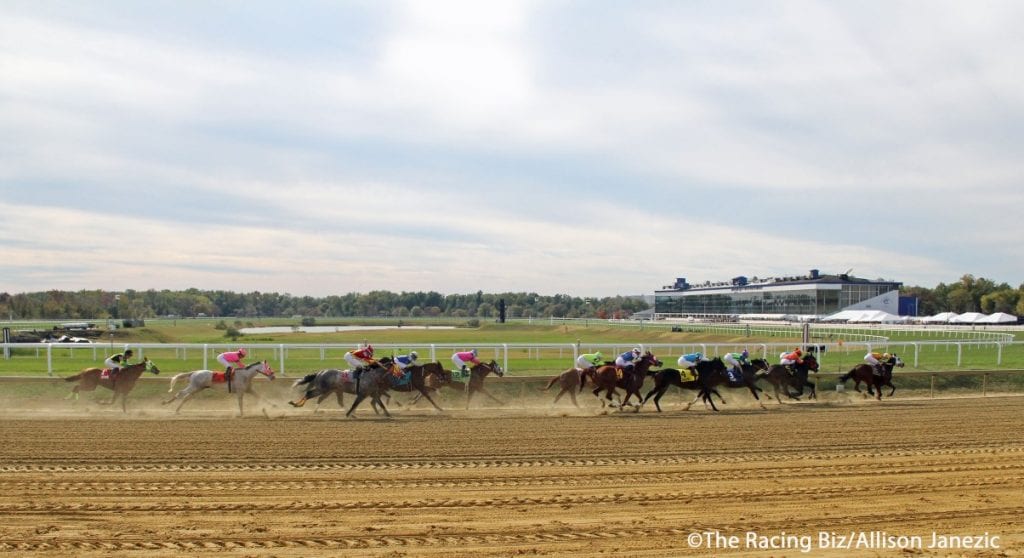
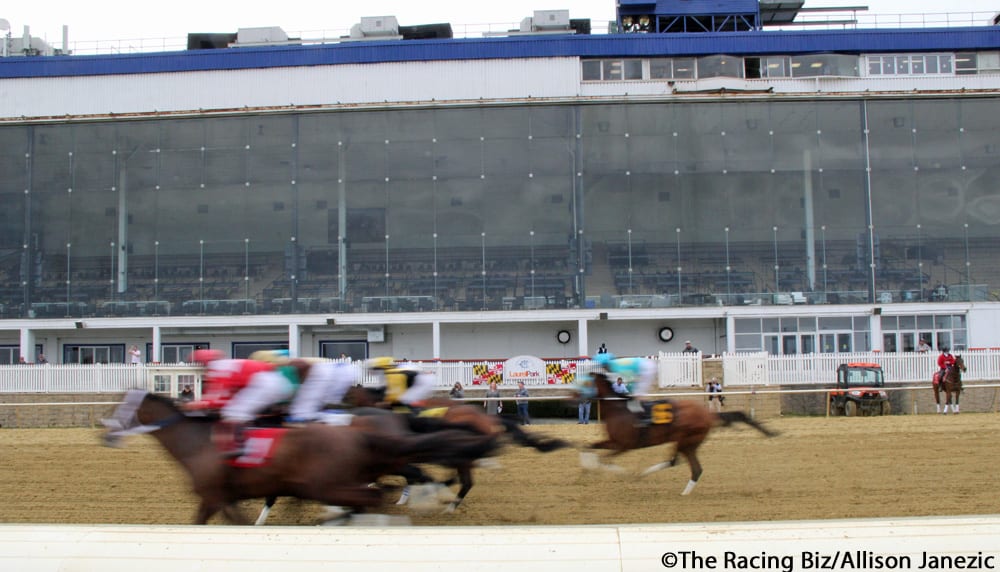
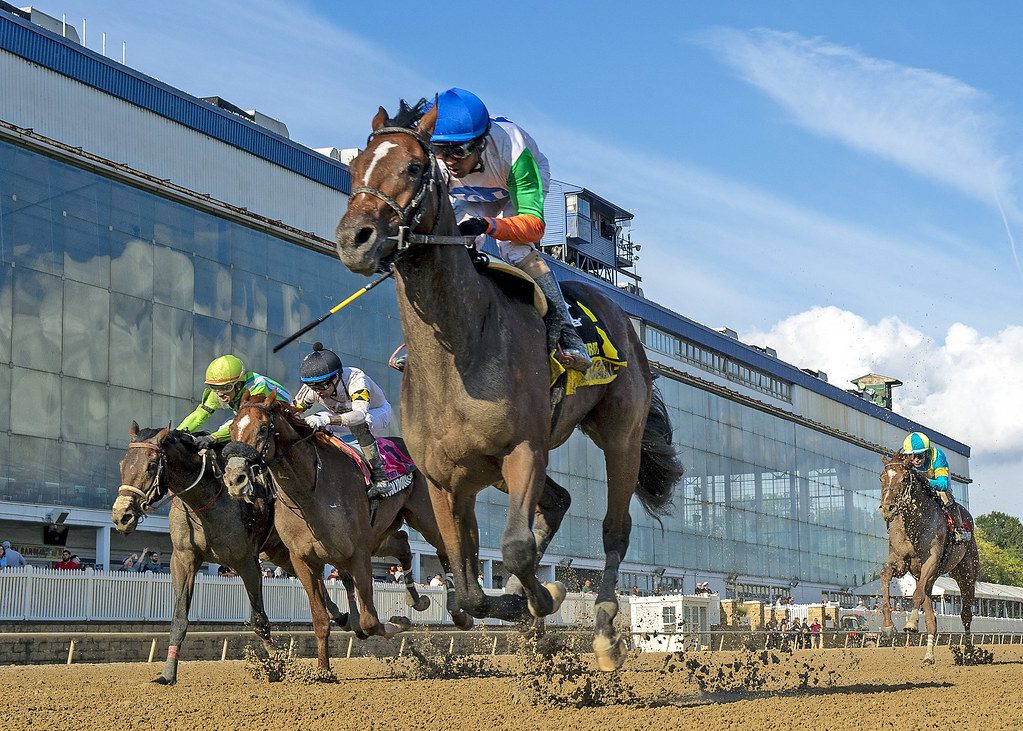

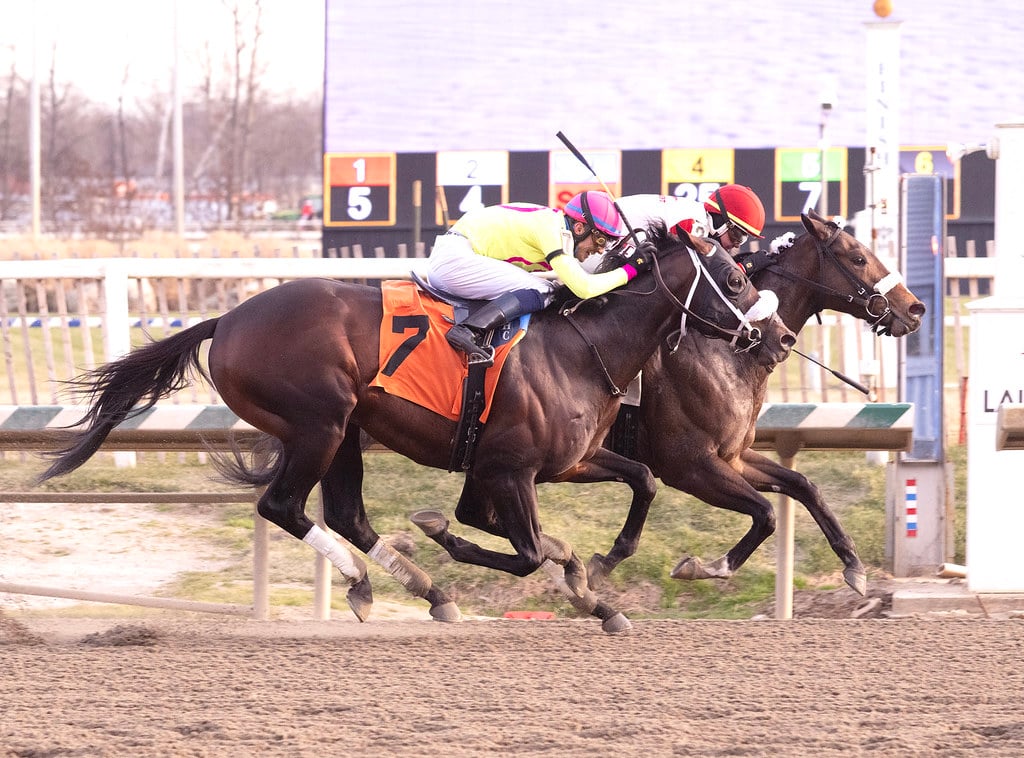
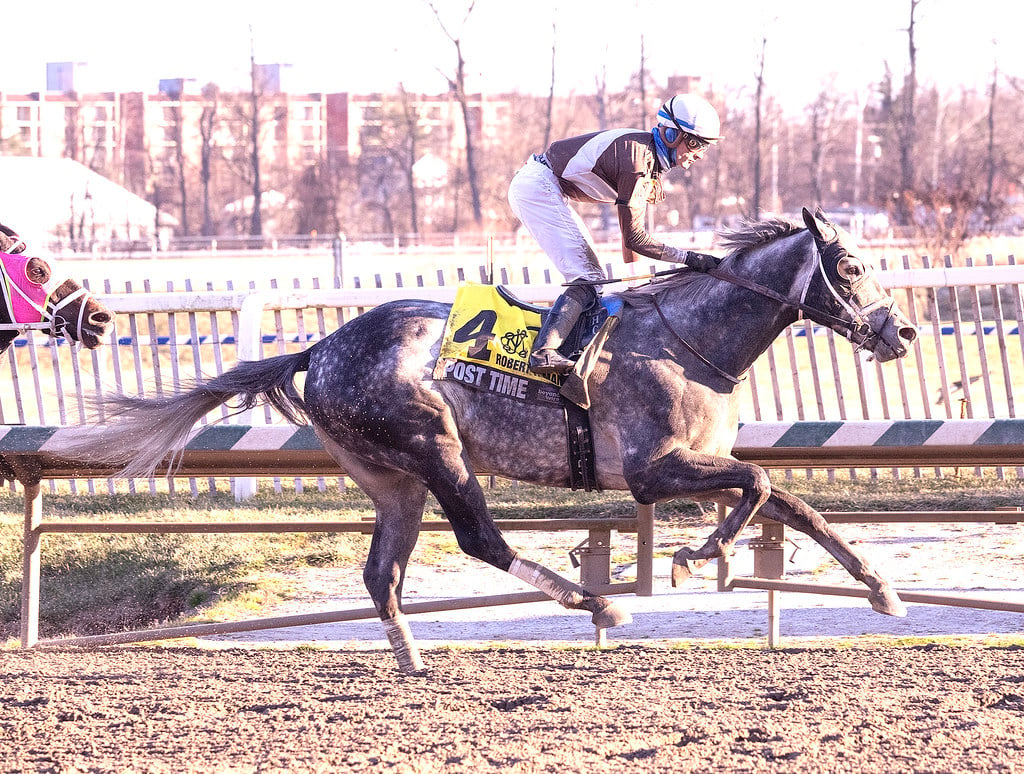

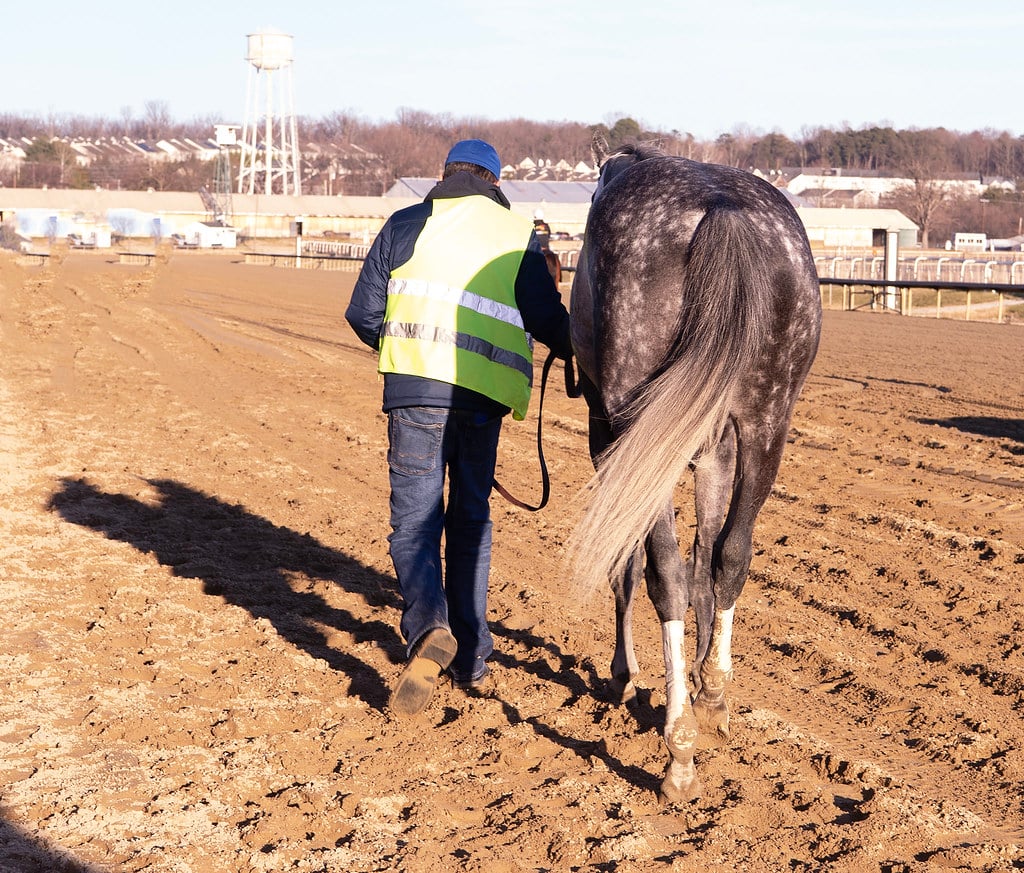
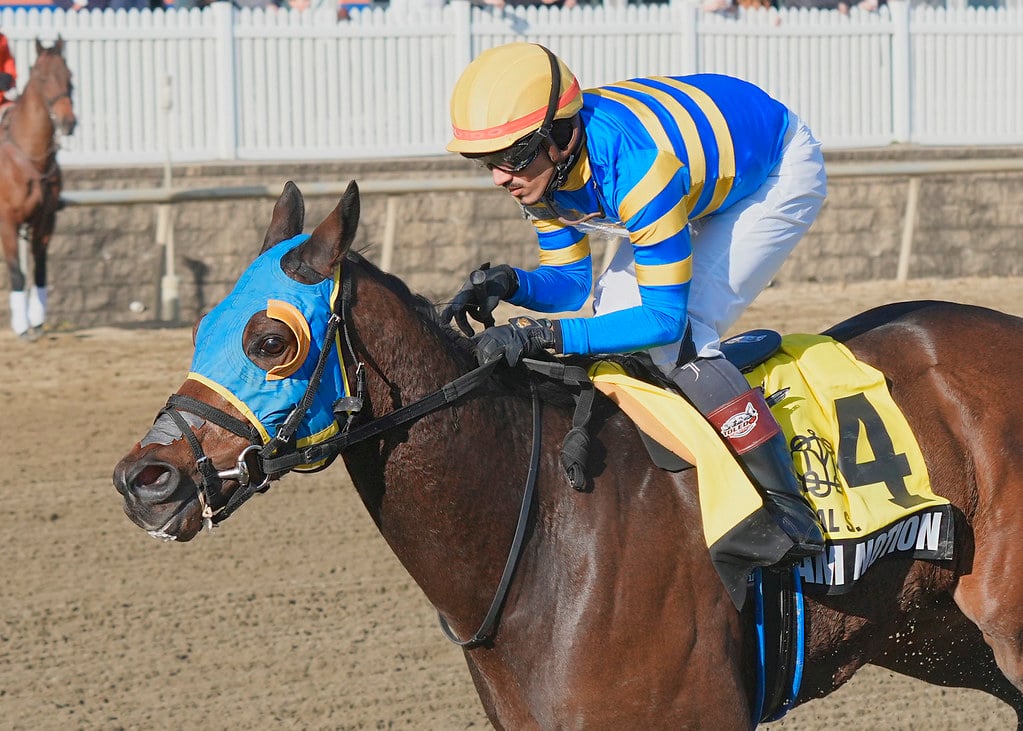


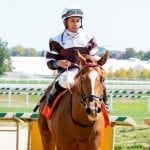

Lucy Post
26th Nov 2019Slamming PETA’s animal shelter is a low blow and a straw man argument. I wish Brothers would have taken the time to educate herself and present a fair and accurate picture. PETA operates one small shelter—a desperately needed shelter of last resort for animals who need euthanasia to end their suffering (many of whom have been rejected by other facilities). This includes dogs who are aggressive and unadoptable because they have been kept chained their entire lives; feral cats dying of contagious diseases; animals who are wracked with cancer; elderly animals who have no quality of life and whose desperate guardians brought them to PETA because they can’t afford to pay a vet to euthanize them; and the list goes on. A painless end is a kindness for these animals, and the services PETA provides are vitally needed in an area where many people can’t afford to take their animals to a veterinarian. This video explains more about PETA’s work: https://www.youtube.com/watch?v=2XZZnK7G2Y0